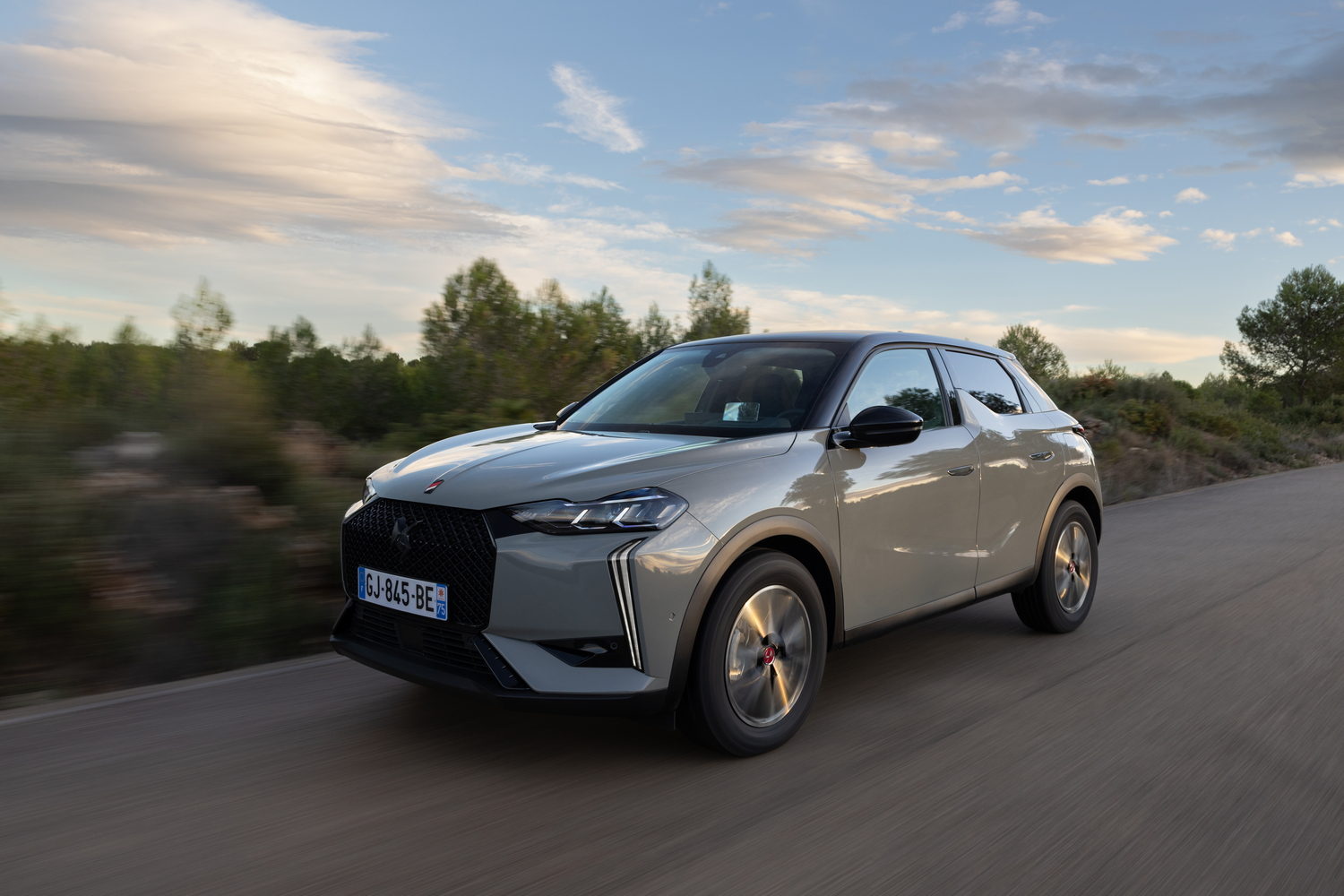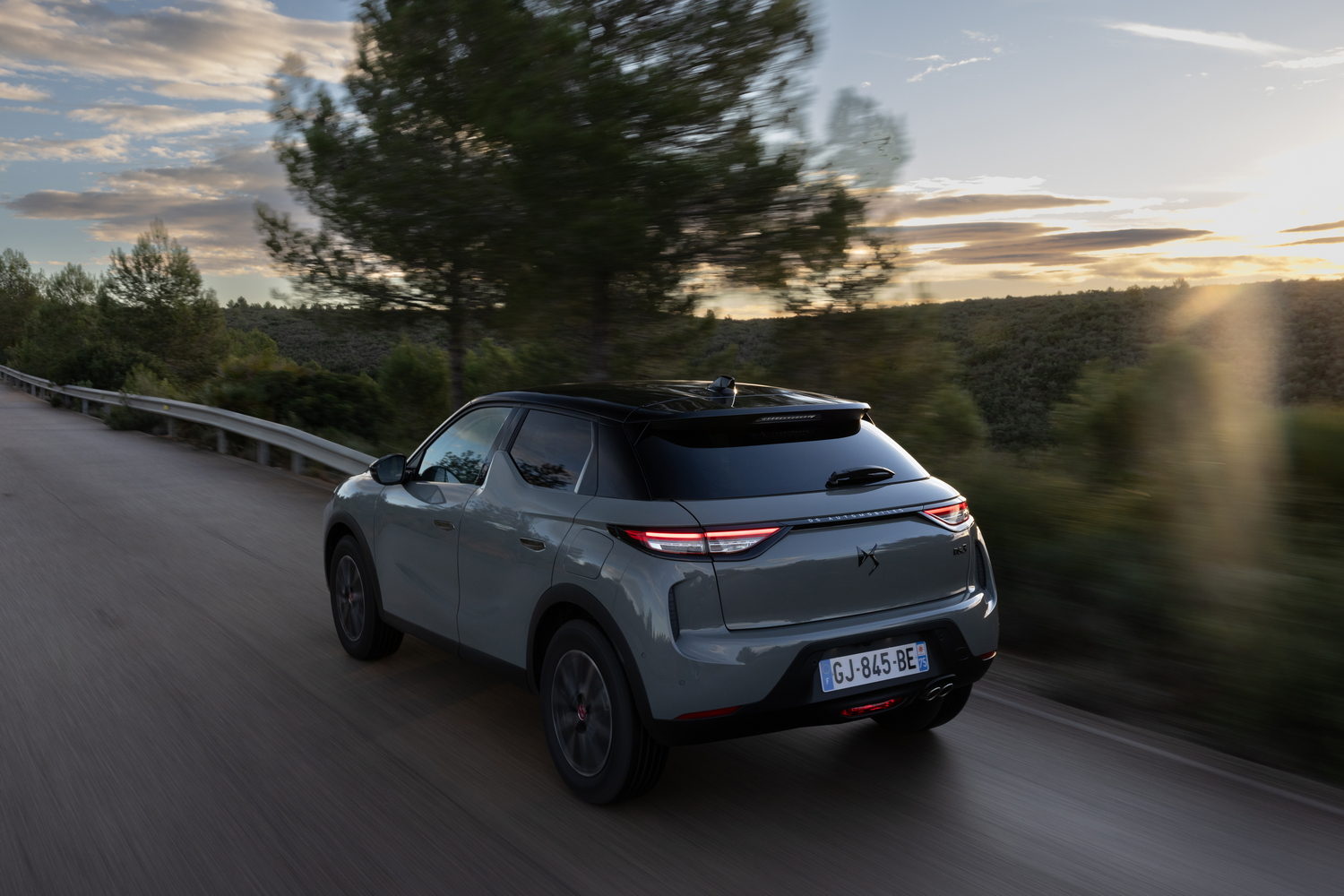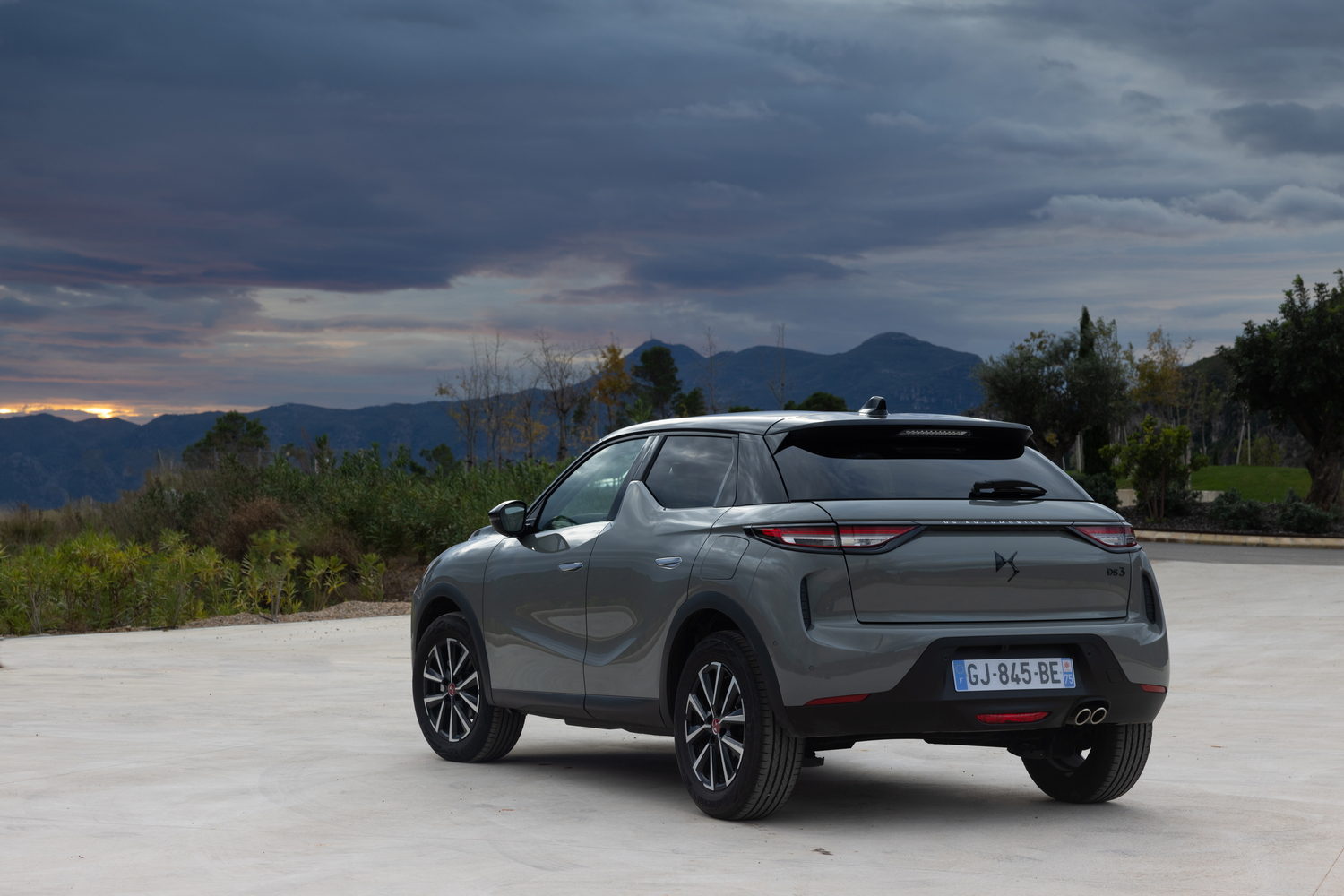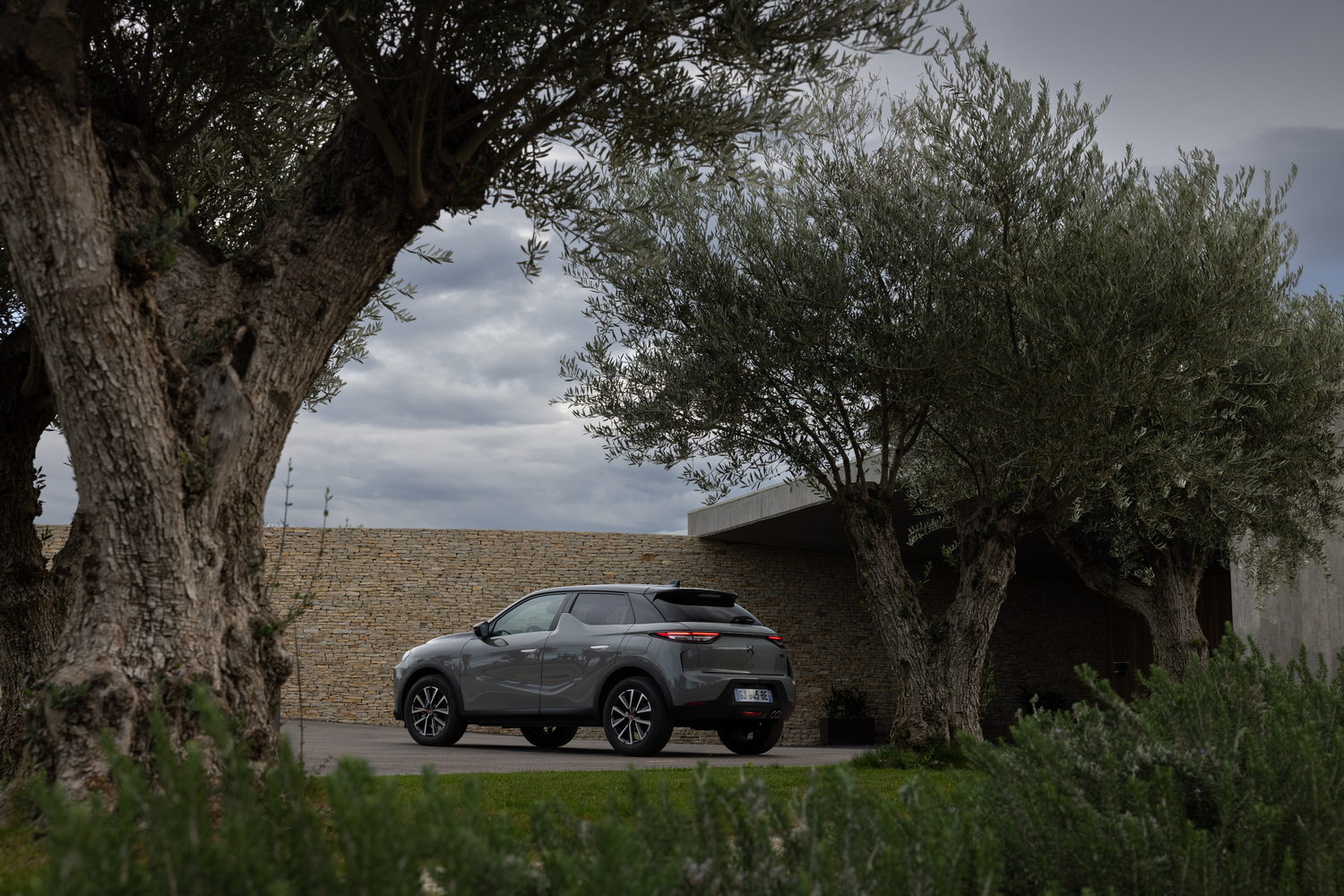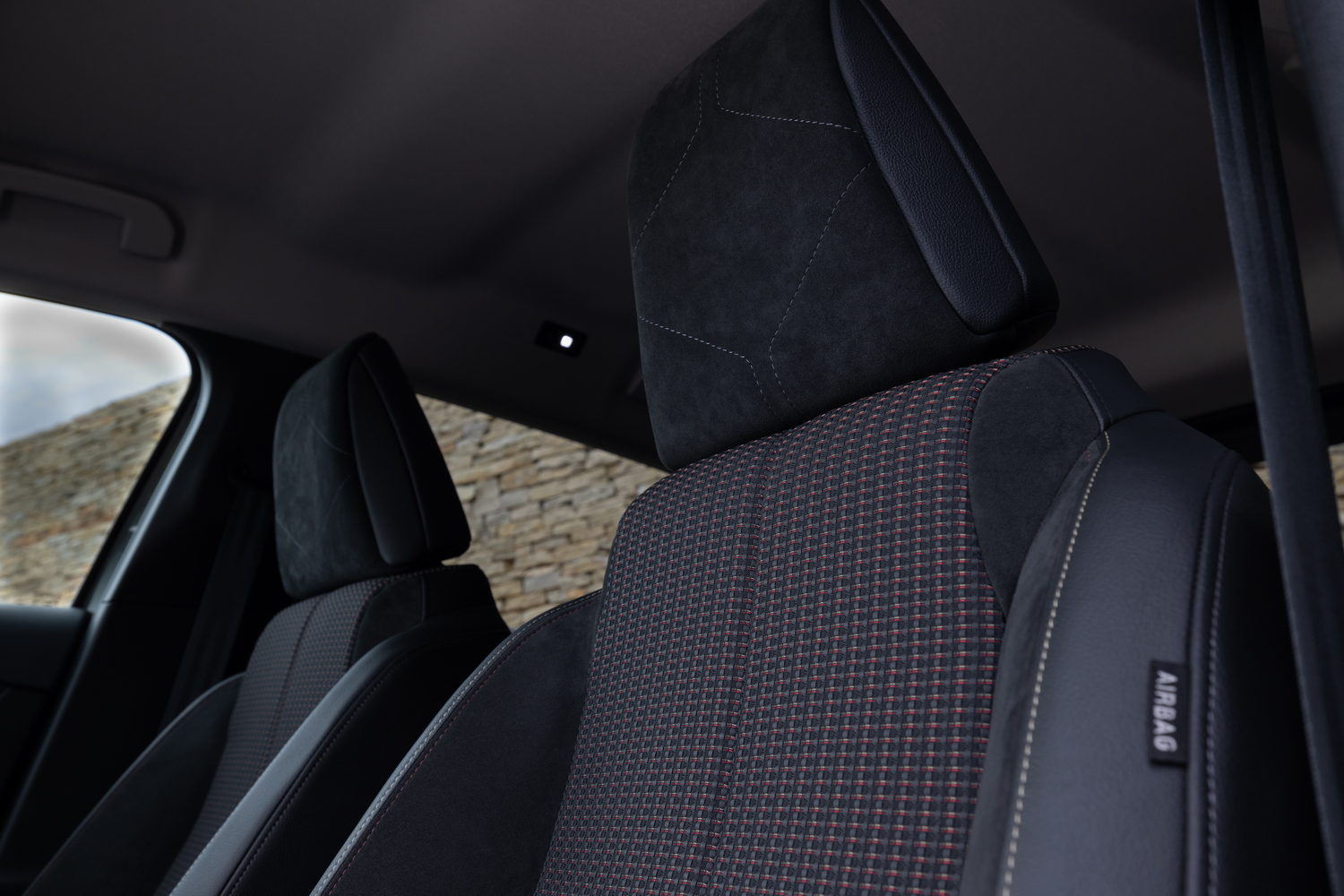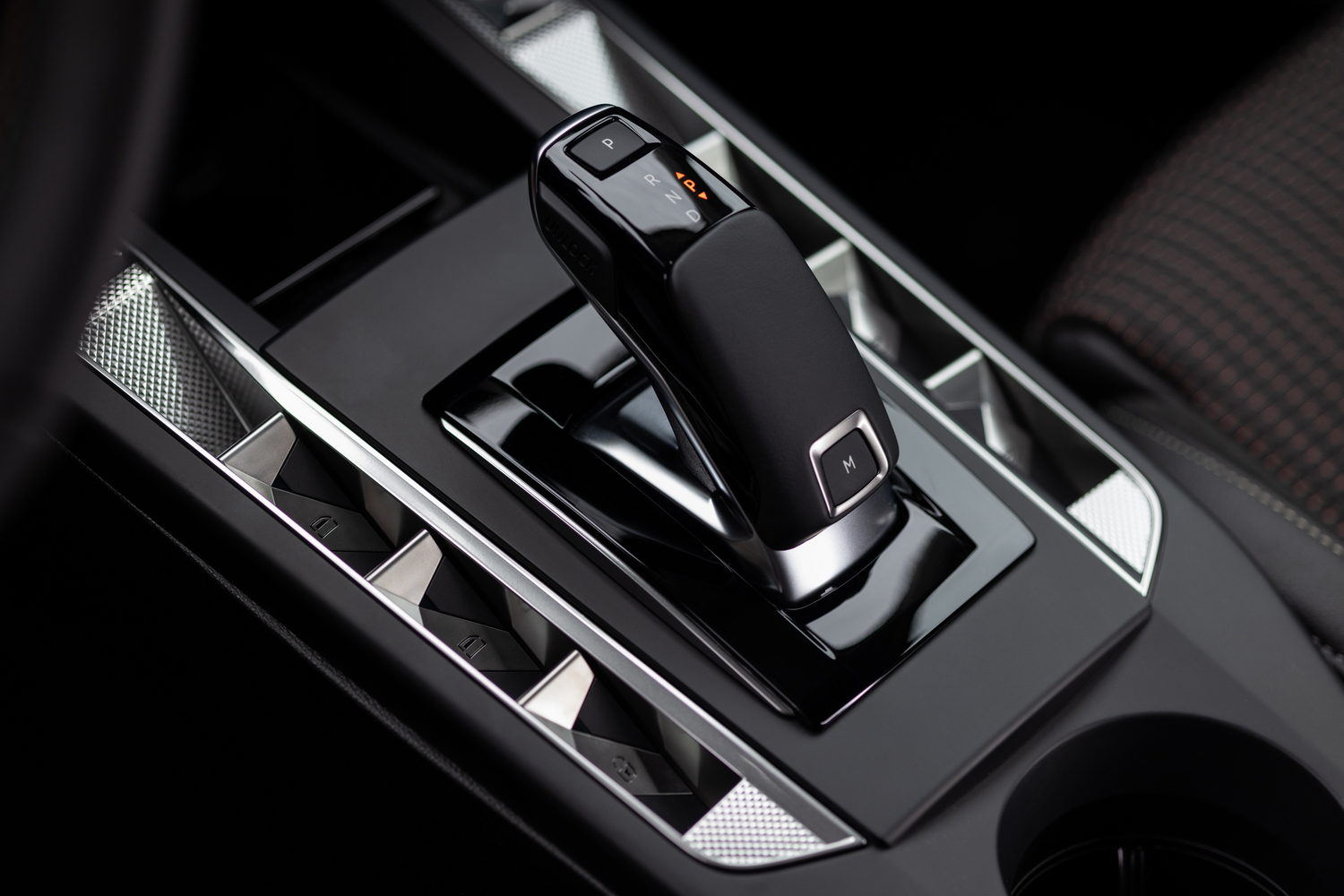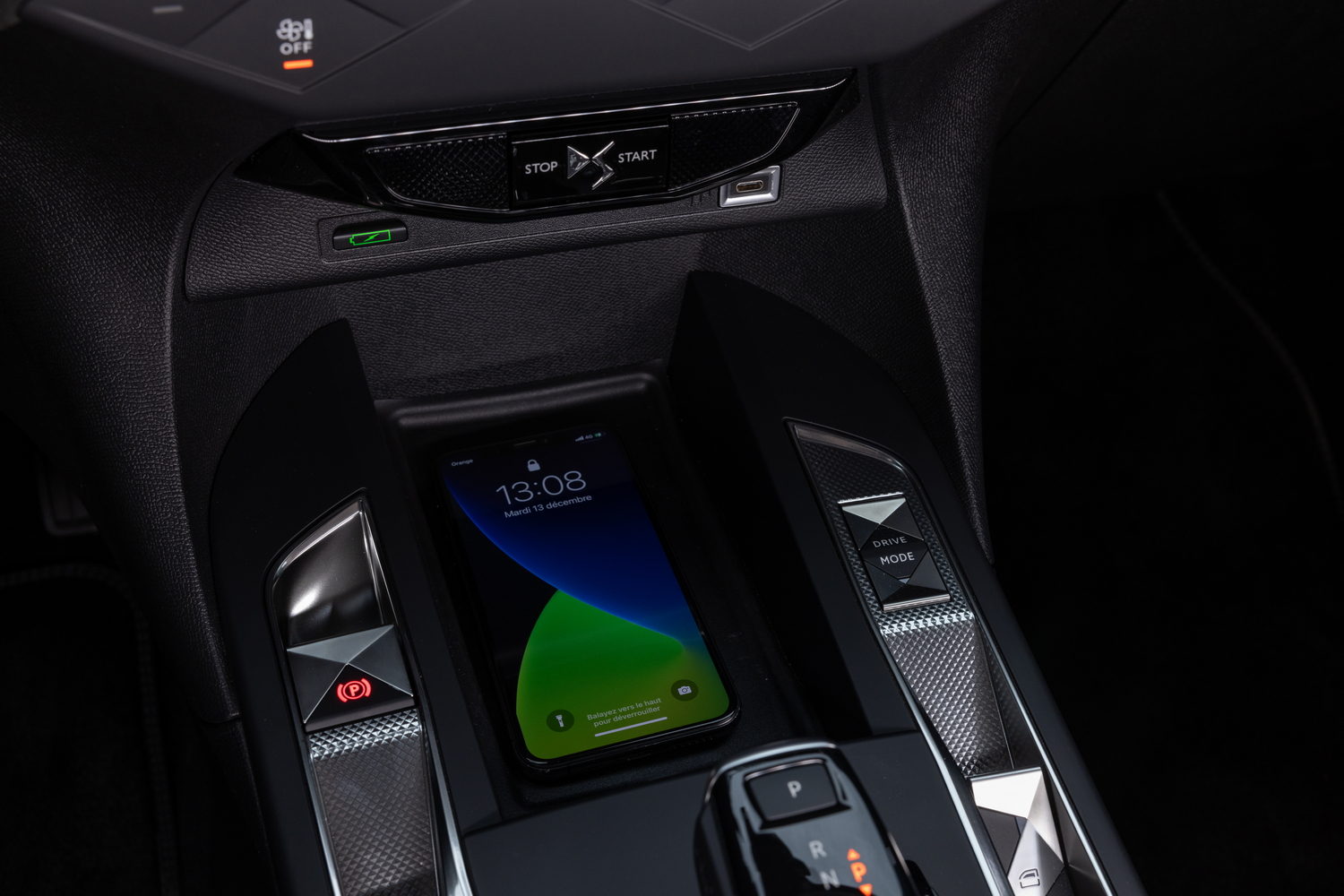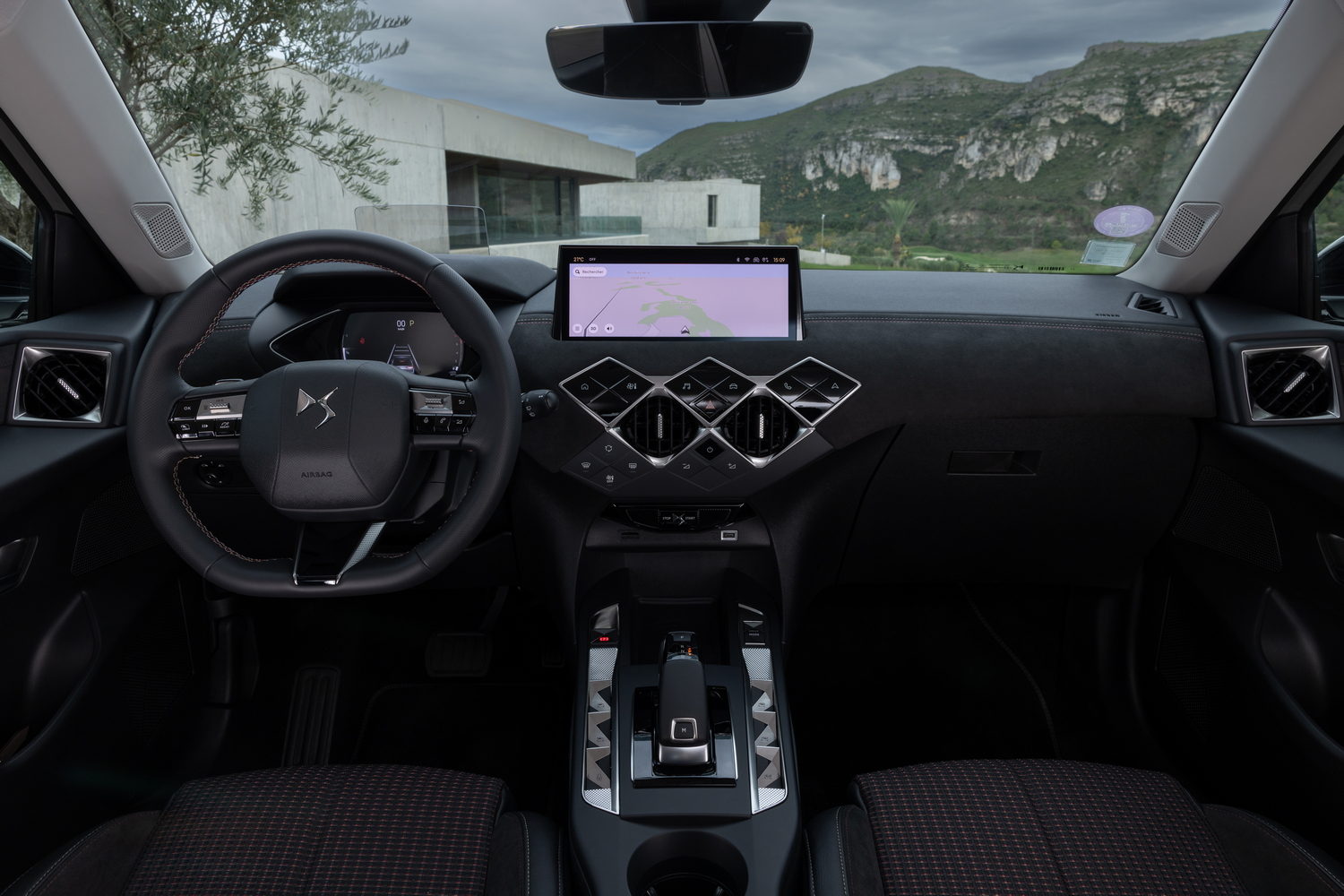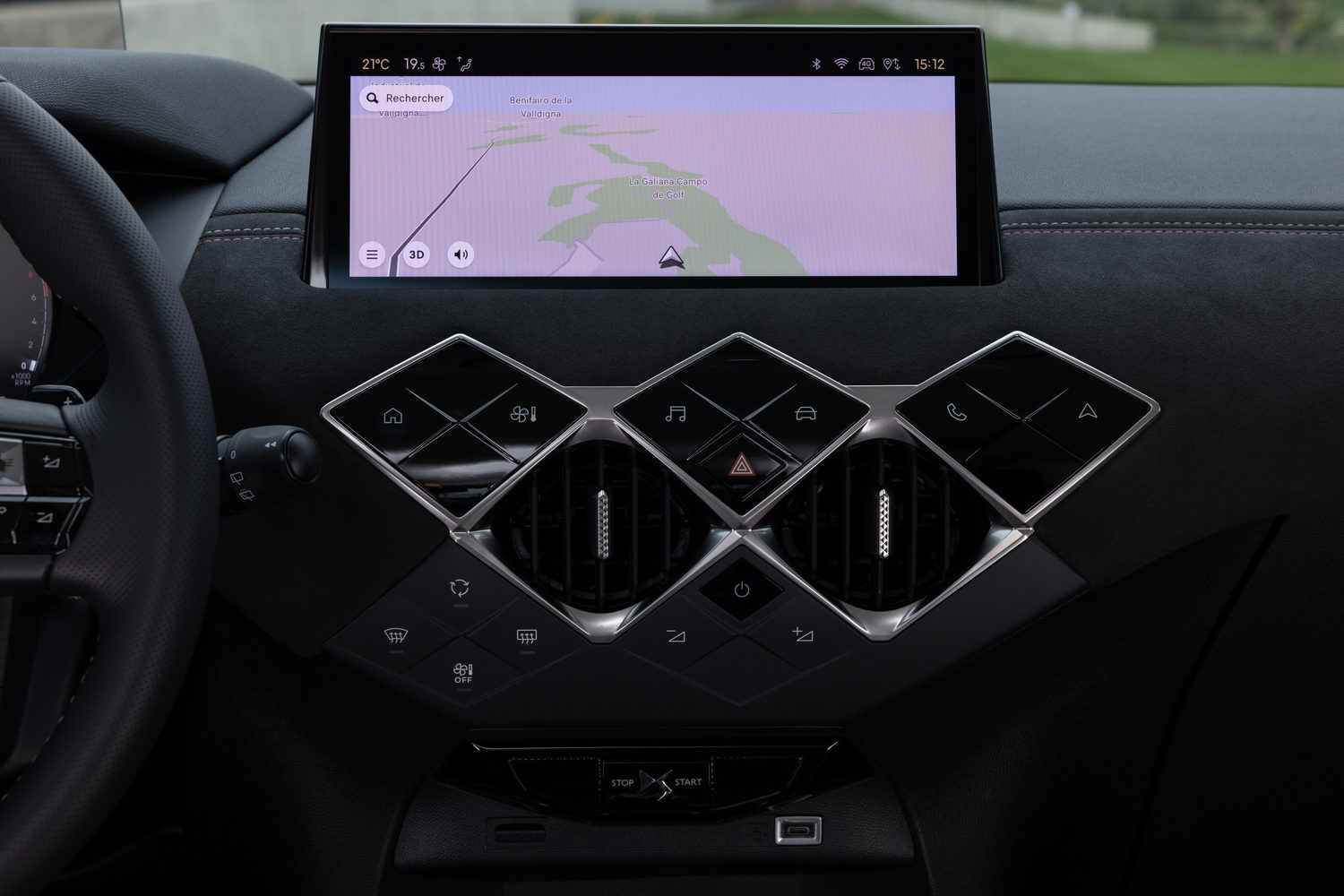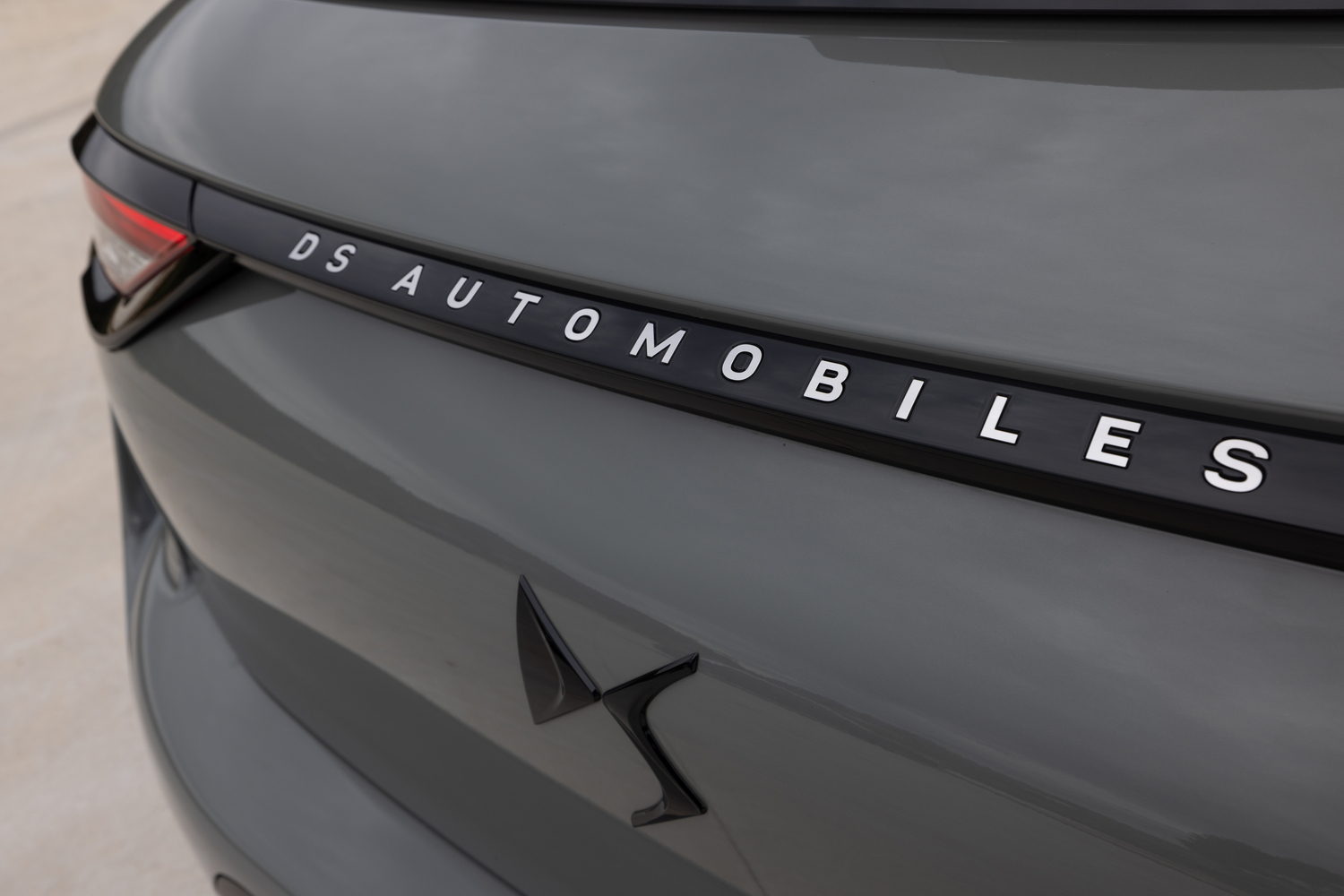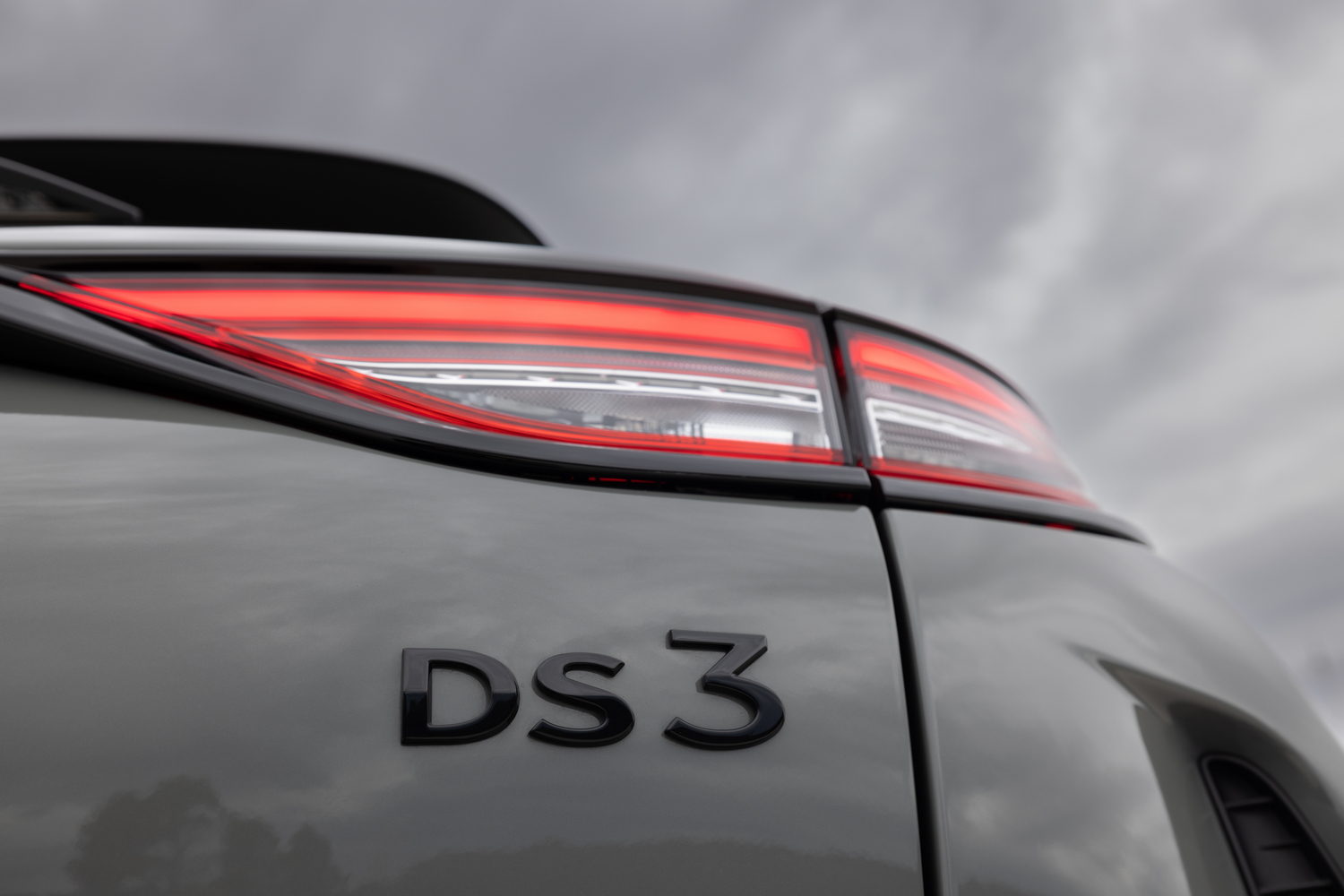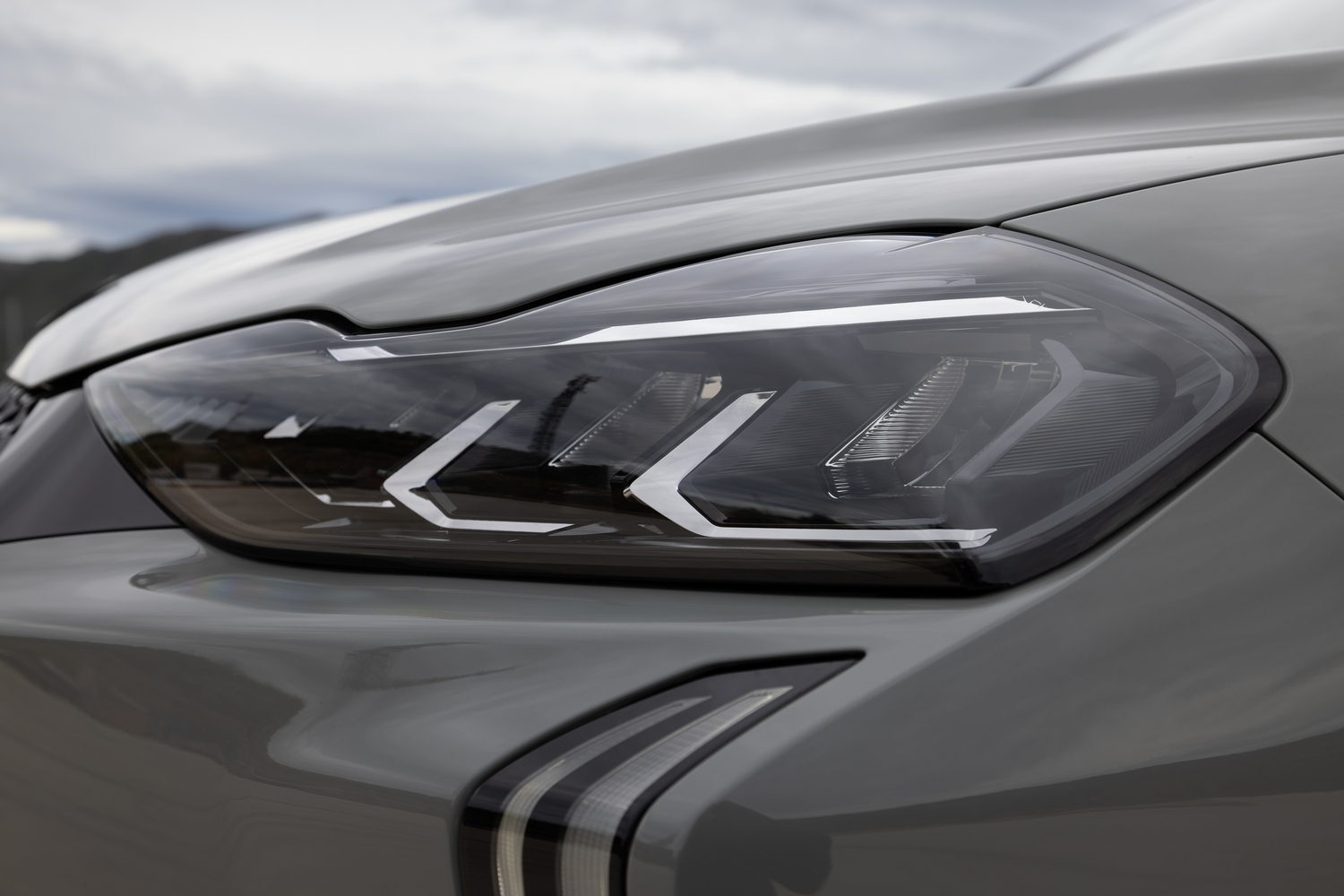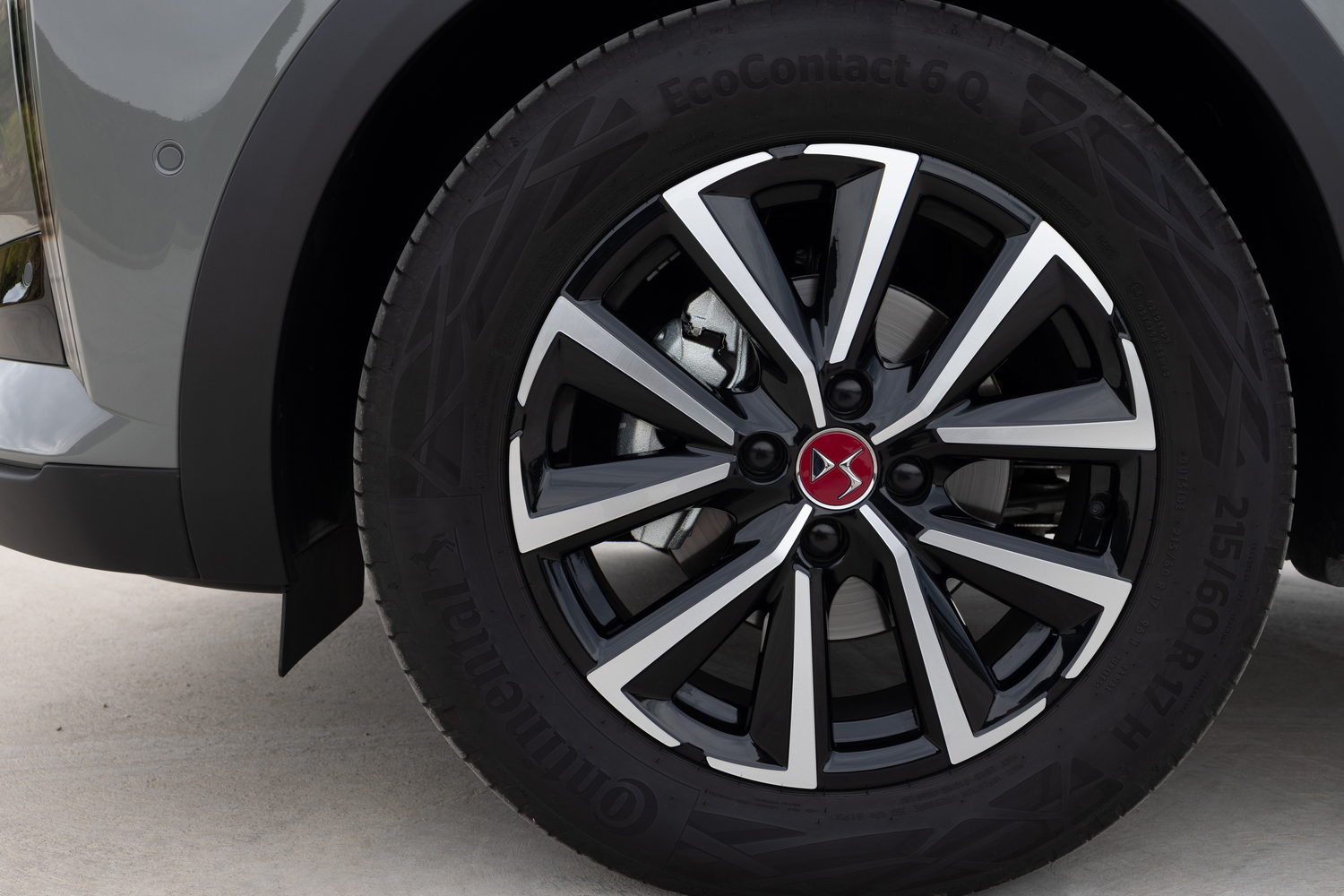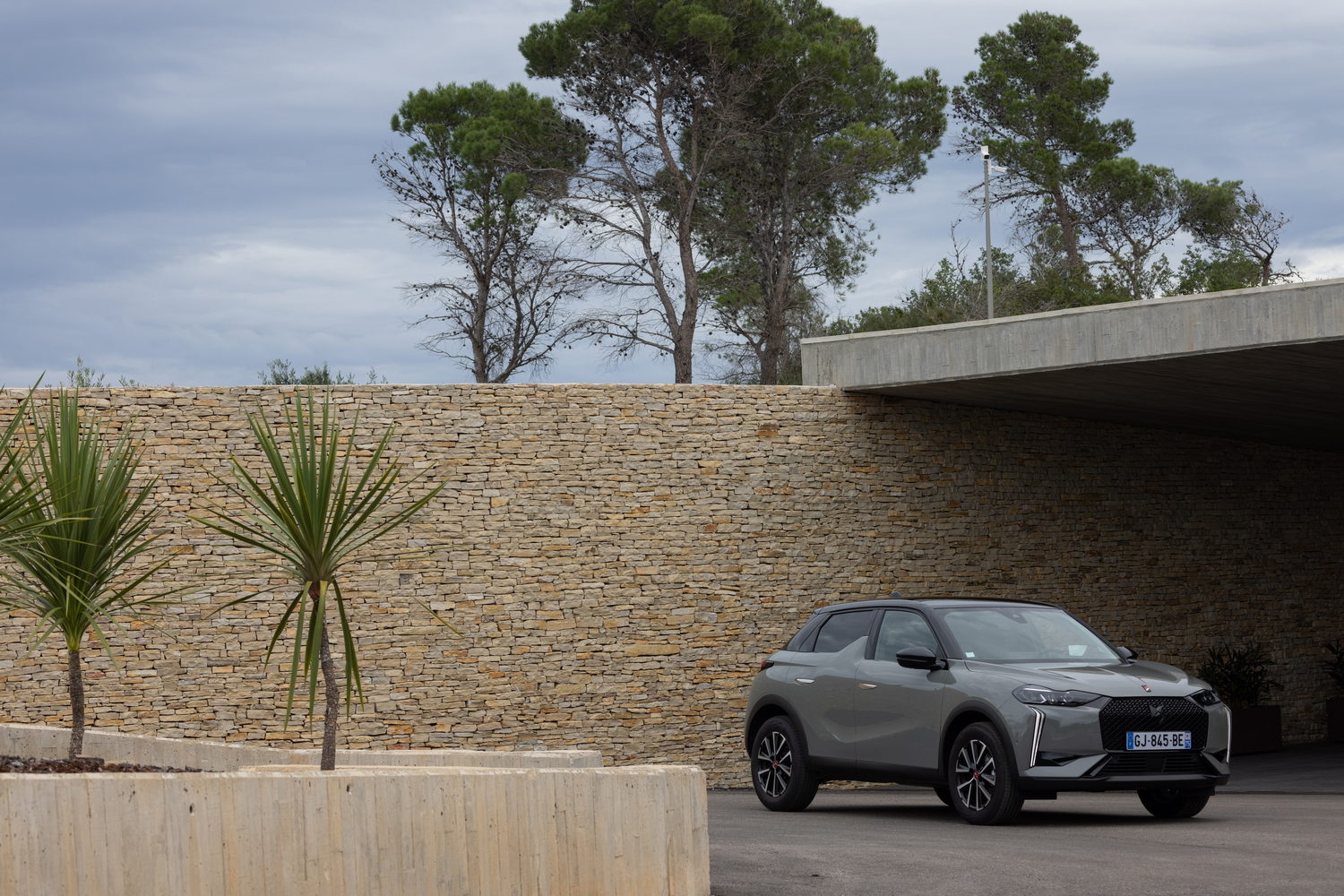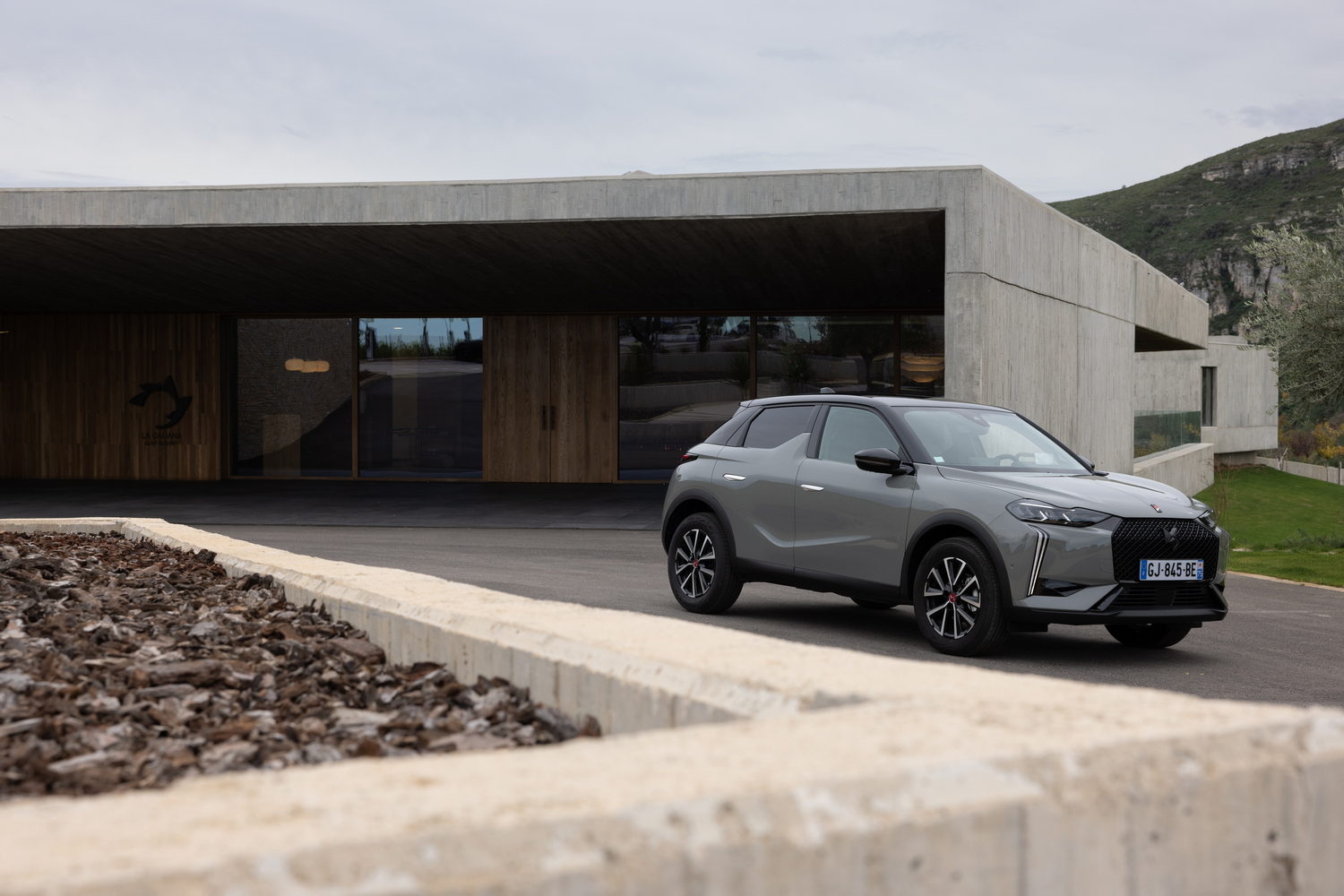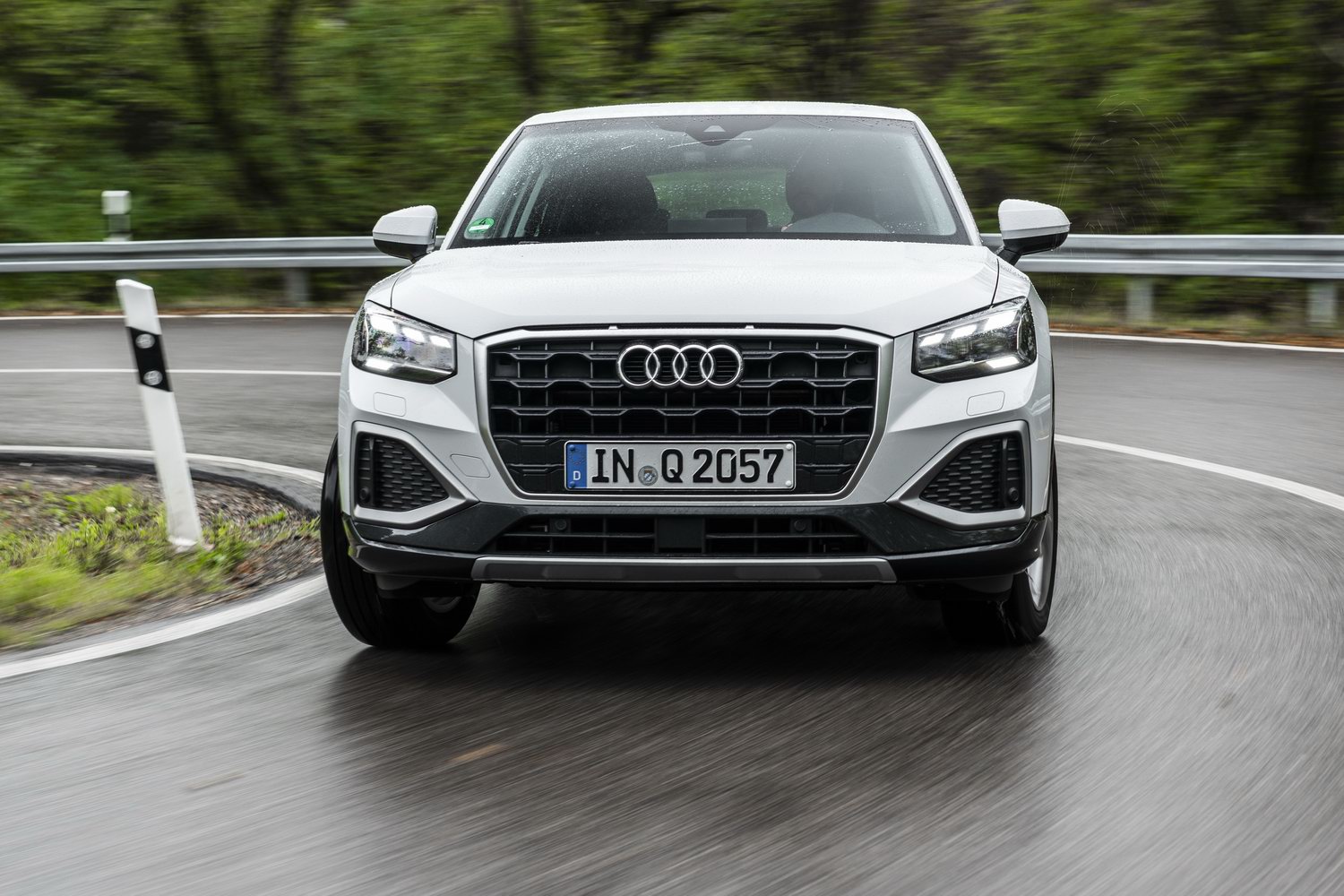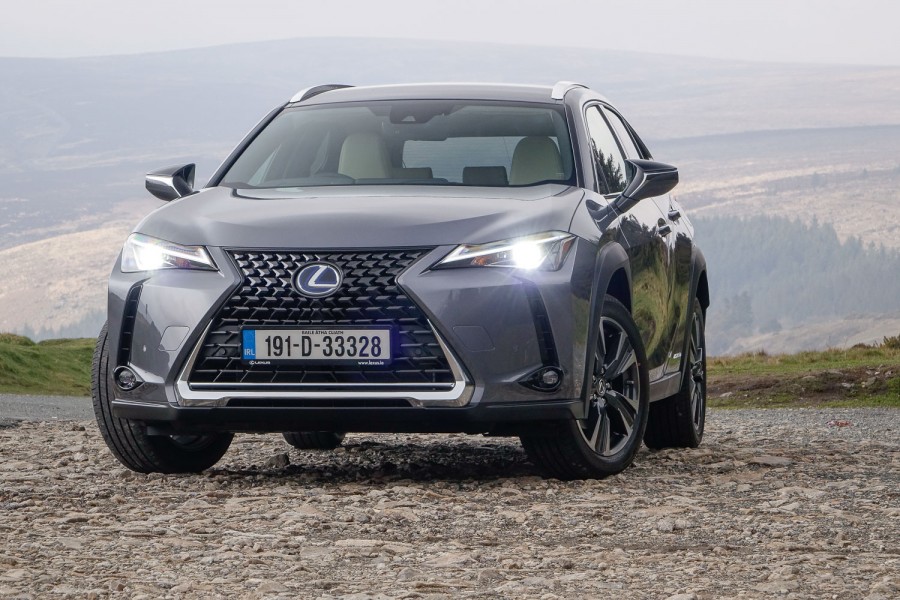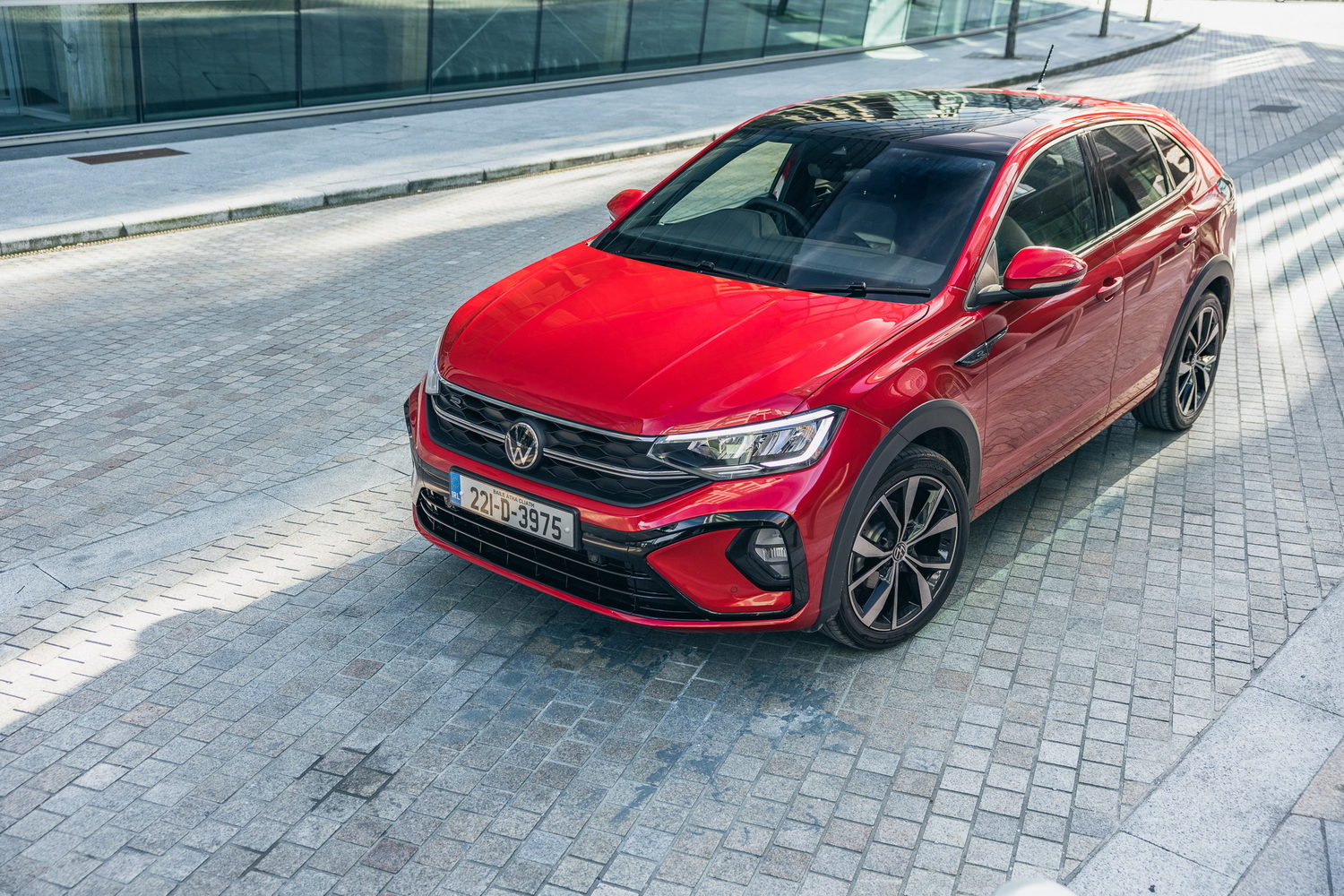DS has replaced the clunkily named DS 3 Crossback with the new and more cleanly titled DS 3, but the changes elsewhere aren't as dramatic as you might think. This is, in effect, an update of the DS 3 Crossback, featuring a lightly revamped exterior and some fresh interior technology. But will that be enough to make the smallest car in the DS range a serious contender among premium compact crossovers?
In the metal
As with the all-electric E-Tense version of the DS 3, telling the internal combustion-powered DS 3 from the equivalent DS 3 Crossback is not a particularly easy task. Look closely and you'll spot the new daytime running lights cascading down the sides of the front bumper, while those accustomed to less well-specified DS 3 Crossbacks might notice LED headlights are now standard across the range.
You might have realised by now the external changes are all a question of details, with tweaks to the grille and the brightwork that surrounds it, as well as new tailgate trim. There's a black panel that runs between the back lights, too, adorned with stainless steel 'DS Automobiles' lettering. And apart from new paint colours and fresh alloy wheel designs, that's pretty much your lot.
Not that we're complaining too much. The DS 3 Crossback wasn't exactly ugly and nor is the new DS 3. Sure, the headlight cluster design is looking a little old these days and the shark fin appendages on the rear doors are a bit unusual, but overall it's a reasonable car to look at.
It's much the same story inside, where the highlight is a new touchscreen infotainment system. Fitted as standard across the range, it has a glossy finish and it measures 10.3 inches from corner to corner, and it comes with a much more modern operating system. Where the old touchscreen looked a bit old and blocky, the new version is much more modern and easier to use.
Although DS has modified the dashboard switchgear, it has stopped short of fitting new heater controls on the dash, so that's still in the touchscreen system. It isn't the ideal way of doing things - simple tasks such as adjusting the temperature become needlessly fiddly - but otherwise the system works fairly well. The navigation system in particular is a step up from before.
Being among the premium brands in the Stellantis group, which includes Opel, Peugeot and Alfa Romeo, the DS has some smart leather on the dash, particularly in upmarket versions such as the Opera car we tested. But that clashes with some other materials dotted around the cabin, including a few on the glove box and low down on the door panels, where the plastics feel hard and cheap. Naturally, some cost-cutting measures might be expected in such a small car, but the DS doesn't feel as upmarket as other premium models at this price point.
There are other quirks, too. The dashboard buttons and the window switches on the centre console look good, it's true, but they aren't the easiest things to use.
Of course, you'd probably become accustomed to the DS's foibles over time, but some would be easier to live with than others. While awkward window switches might not be a great problem, the driving position might pose more of an issue. It seems to be designed for those with long arms and short legs, which means you end up sitting either too close to the pedals or too far from the wheel.
And then there's the practicality. The DS 3's boot space is respectable, if not plentiful, with 350 litres of luggage space behind the back seats. That's about what you get in a Volkswagen Polo or a Lexus UX, but it's much less than you'll find in the back of an Audi Q2 or even a Volkswagen Taigo SUV. The rear cabin space has enough space for kids but limited leg- and headroom for adults.
Driving it
While the electric and internal combustion versions of the DS 3 might offer similar space and design, there is a noticeable difference in the way the cars drive. DS has worked hard to improve the range and power of electric 'E-Tense' models, but very little has been done to the petrol engines. And the diesel option found in the DS 3 Crossback has been consigned to the history books.
Instead, you're left with just one petrol engine: it's the 1.2-litre PureTech three-cylinder unit that's found in the Citroen C3 to the Peugeot 5008 and everything else in between. Turbocharged to produce either 100- or 130hp, depending whether you choose the six-speed manual gearbox or the eight-speed automatic, it's a tried and tested powertrain.
Only basic models of the DS 3 are available with the 100hp engine, so we expect most customers to end up with the E-Tense or the 130hp automatic petrol version we tested, and that's a bit of a shame. Although that automatic gearbox is great when you're on the move, it can trip over itself when you're crawling along in traffic. It's a common issue for cars fitted with this engine-and-gearbox combination (cars including the Opel Astra and Peugeot 308), but it means that the gearbox occasionally feels as though it needs a moment to work out what's happening. Only on the open road does it really settle, becoming commendably slick and smooth.
On the plus side, the automatic transmission makes the DS 3 fairly efficient when it's up and running. The official figures suggest the 3 will use six litres of unleaded every 100km, which isn't bad going for a petrol-fuelled crossover with an automatic gearbox.
And despite the fact there's just 130hp going to the front wheels (there's no all-wheel-drive option, even with the E-Tense electric model), the petrol DS 3 is only very slightly less punchy than its electric brethren, with both managing the 0-100km/h sprint in about nine seconds. That's respectable if unremarkable.
For those thinking the PureTech engine is therefore the powertrain of choice for the DS 3, however, we have some food for thought. The two propulsion systems make the cars drive very differently, and that might be the clincher for some buyers - particularly those planning to use the DS predominantly in urban areas.
While the DS 3 E-Tense is incredibly quiet and quite comfortable on all but the most broken surfaces, the PureTech versions are somewhat more raucous. That's partly down to the engine, which is understandably louder, and partly down to the gearbox, which doesn't always keep engine speeds to a minimum. However, it's mostly down to the ride, which is less settled than in the heavier E-Tense. The DS is more jiggly even on smooth roads, finding imperfections your eyes can't pick out on the surface. The difference isn't quite night and day, but it's there.
The trade-off for that reduction in comfort is an uplift in agility. The petrol DS 3s feel lighter on their feet than the E-Tense, which weighs about 300kg more. As a result, keen drivers will find the PureTech versions sharper and less prone to understeer than their heavier counterparts. The question is, how many DS customers will value the handling abilities over ride comfort?
What you get for your money
DS has not yet confirmed Irish prices for the new 3, but we expect it to be slightly more expensive than the current car, which starts at €32,240. We'll update this section when we know more.
Summary
Although petrol-powered versions of the DS 3 are more agile than the electric E-Tense models, they still have many of the same foibles. Cabin quality remains hit-and-miss, and though we'll have to wait for Irish prices to be officially confirmed before passing full judgement, we're expecting the DS 3 to be priced to reflect the firm's premium aspirations. That said, the DS is at its best in lesser specifications, where the price will be lower and the contrast in materials is less pronounced.
So although the E-Tense is technically the better car, with a more comfortable ride and a more refined cabin, a lowly PureTech example might make more sense for those who travel long distances and seek premium looks.

